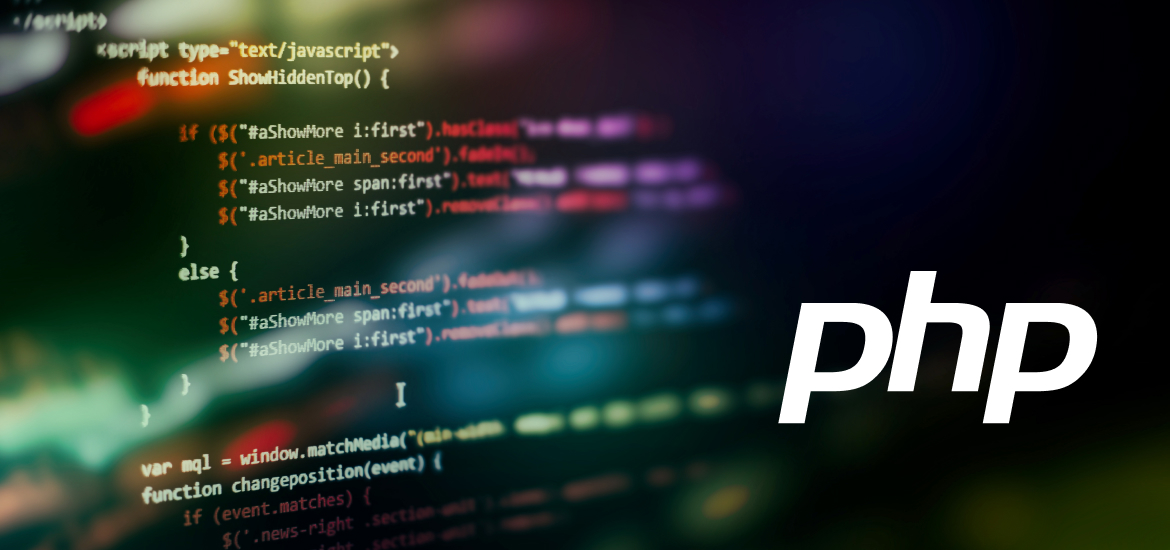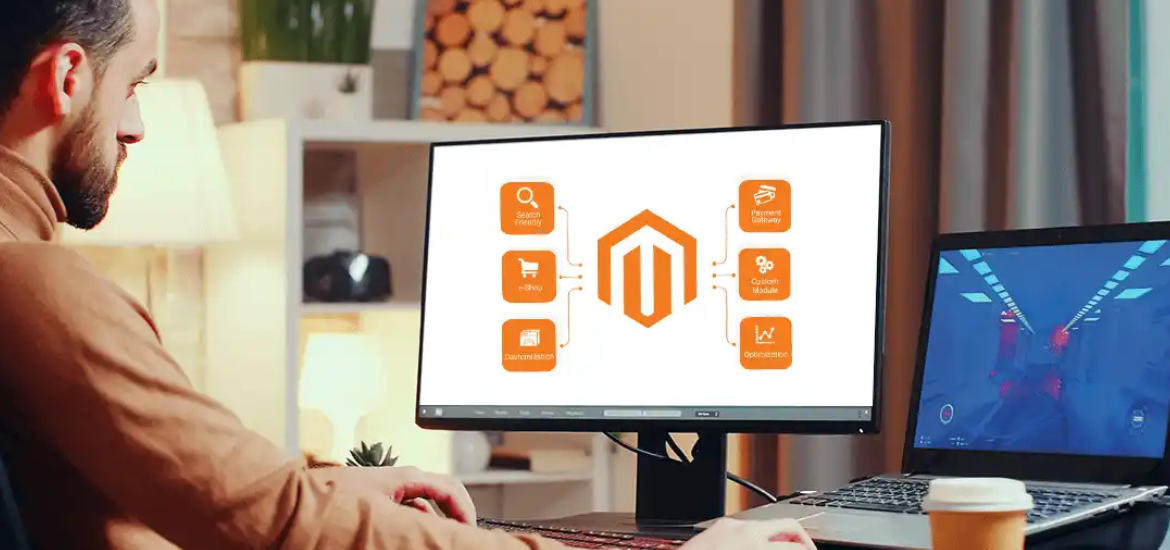Every product covers a long journey before reaching its target market. It passes through several stages such as design, development to deployment. However, the strategic approach to make this process smooth is the product development lifecycle.
But each project has different needs and to effectively meet those, different methodologies came into existence. The most common ones are Agile, Lean, and Waterfall and in this blog, we are going to explain all about these and five other methodologies. First, let’s start with a basic introduction to this lifecycle.
Table of Contents
What is the Software Product Development Life Cycle?
Software Product Development Life Cycle refers to a structured process of software product development. Containing different phases with varied requirements and timelines. The most common stages in this whole process are given below:
- Gathering project needs.
- Planning
- Design
- Development & testing
- Deployment
It is also known as systems development lifecycle and keeping in view the necessity of security. The secure software development lifecycle has emerged in which the security needs are gathered alongside functional requirements.
7 Software Product Development Life Cycle Methodologies
The software product development lifecycle methodologies are responsible for increasing efficiency and reducing the overall cost of development. As also stated earlier, each project has varied needs, and keeping in view those needs the methodology is implemented. So, we have jotted down seven different software product development lifecycle methodologies commonly used by startups as well as enterprises.

The first one we have on our list is Agile.
Agile
Agile methodology is a structured approach tailored to meet the needs of any project. It focuses on dividing the project into different stages for continuous improvement.
The main stages in this methodology are:
- Planning
- Execution
- Evaluation
Agile emphasizes continuous communication to increase customer satisfaction. It is a famous product development life cycle, and its two famous types are given below:
Kanban
Kanban is based on Agile methodology built on the philosophy of continuous improvement. Here the items are pre-planned and stored in the backlog, and each card is pulled from there as per the project’s need. It is a form of visual project management.
Scrum
It involves the breaking down of tasks into small chunks and this whole work process has planning and meetings. This model is highly useful for measuring weekly progress and to get immediate feedback which helps in catering to any issue immediately.
Waterfall
It is one of the oldest product development life cycle methodologies that believes in completing one phase at a time. In this method, the information from the last phase is used before moving forward.
Introduced by Winston W. Royce in 1970, this methodology is useful for big projects. But with time this method is not found to be that feasible. It is less flexible than Agile, and you can see its four implementation stages below:
- Requirement gathering
- Design & implementation
- Verification
- Support and maintenance
It is best for projects with extremely predictable results.
Spiral
Spiral is termed as the most common method for software development lifecycle management. This method believes in iterative development and enables the developers to make changes throughout the development process.
Spiral is best for developers who are using the same set of technology and tools. Allowing them to spot mistakes at any stage/level of development. Other than this, the Spiral method is best for the product development lifecycle because of its risk analysis stage. The other stages are below:
- Identification of problem
- Gathering of information
- Development
- Risk analysis & evaluation
This model is highly focused on customer feedback for the further improvement of the product.
Iterative
This model emphasizes efficiency as it first focuses on the design phase. Making it lucrative for companies looking to save money in the product development lifecycle. In this model, no pre-development planning is required. And developers can work on developing new versions and feedback is provided immediately.
The top benefit of this process is that it helps to detect any mistake in the product at earlier stages of development. It is better suited for larger projects and some of the advantages of this method are given below:
- Early identification of errors.
- Allows changes & enhancements.
- Increase collaboration.
- Efficient delivery of functional products.
- Customer satisfaction is a priority.
V Model
V Model is similar to the waterfall method, and it also believes in starting the next phase when the previous is all done and completed. In this model, the testing is done at every stage of the product development lifecycle and focuses on meeting user needs. It has three different phases:
- Requirement analysis
- Coding and development
- Testing
Big Bang Theory
It is similar to the iterative model in terms of no pre-planning as it emphasizes the utilization of resources in coding and development. This product development lifecycle focuses on user needs as the process progresses. It is a flexible approach that emphasizes adding components at the end of the project.
In the Big Bang model, there is a high risk of budget overruns and missed deadlines because of no prior planning. Also, there is less documentation which can cause challenges in terms of inclusion of future updates and features. The stages in the Big Bang model are given below:
- Idea generation
- Development (integrations towards the process end)
- Testing
- Deployment
Lean
Lean methodology is often perceived to be the type of Agile methodology but instead, it is a separate methodology, and its parts are applied in Agile. It focuses on cutting waste at every stage of the development (minimizing documentation & cutting unimportant meetings etc.).
This methodology focuses on bringing more value to the customers with fewer resources by increasing overall efficiency. It was widely adopted by the manufacturing industry and other industries seeking efficiency and customer satisfaction.
- Define customer value
- Outline the smooth flow of work
- Apply pull systems
- Encourage continuous improvement
- Value people
Conclusion
The software product development lifecycle determines the quality of your product. Overall, these seven methodologies mentioned above focus on efficiency and cost-effectiveness.
But you need to first understand the needs of your project before implementing them. The best thing you can do here is to jot down your project requirements and then assess each model mentioned above and select the one that suits you the best.
Want to Choose the Best Methodology? Contact Bizmia
In case you still don’t understand which methodology is best for your software product development then contact Bizmia experts. We provide end-to-end software development, so all you have to do is tell us your project details and requirements, and we have got it covered. Just tell us your idea here.












